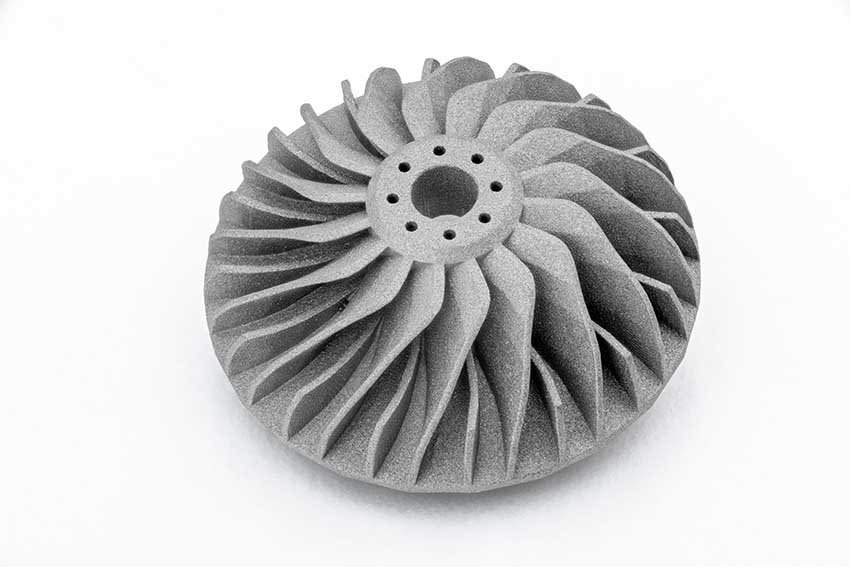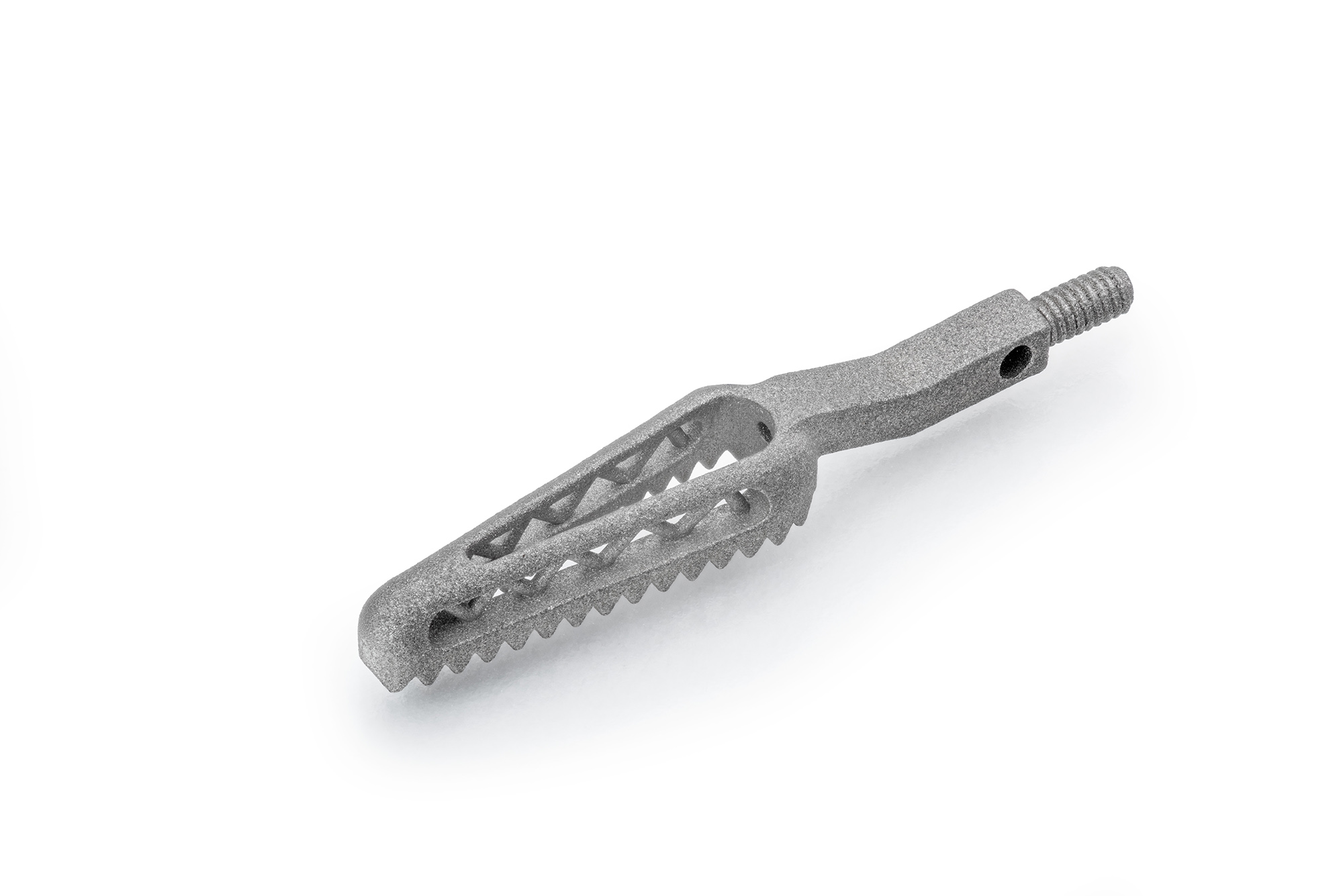MetShape is a 3D printing service provider from Pforzheim, Germany focused on the sinter-based additive manufacturing of small and micro metal parts. The company was spun off from Pforzheim University in April 2019. Its idea, that led to its founding, arose during a research project on the recycling of rare-earth magnets, in the context of which the Lithography-based Metal Manufacturing (LMM) technology was developed. Together with Incus, another start-up that arose from the project, they’re constantly doing research on LMM.
Interview with Dr. Andreas Baum, Co-Founder and CEO of MetShape.
Easy Engineering: What are the main areas of activity of the company?
Andreas Baum: We’ve developed a unique process know-how and focused especially on the sintering process. Therefore, we provide consulting for sintering jobs of all kinds as well as offering our own services alongside the part production with sinter-based AM technologies. We’d like to establish ourselves as market leaders and internationally operating high-volume manufacturer for the sinter-based additive manufacturing of small and micro metal parts. In addition, we add further technologies to our portfolio to offer our customers higher flexibility in the development and production of new applications. We enable our customers to use sinter-based AM for high precision series applications of small and micro metal parts. On top of that, we offer additional services like sandblasting, polishing or 3d scanning.
E.E: What’s the news about new products?
A.B: Since we manufacture custom orders, MetShape itself does currently not have its own product line. But we’re constantly optimizing our processes and are working on the utilization of new materials for our parts. However, we do have a selection of sample parts, that show the exceptional surfaces and complex structures, made possible by additive manufacturing. They’re displayed on several occasions and serve as illustrative material for customers and interested parties. As MetShape will grow we will also have our own products in the future.

E.E: What are the ranges of products?
A.B: Currently we’re manufacturing parts within building jobs of 70 x 45 x 100 millimeters. Since traditional methods and other 3D printing technologies reach their limit at certain sizes, we set our focus on small and micro metal parts and our sinter-based technology is especially suitable for the manufacturing of complex parts that are smaller than a cube with 20 mm on each edge. Depending on the pieces’ structure itself, we can achieve surface qualities up to Ra 2 μm while moving between tolerances in size of ± 0.05 millimeters. This enables us to provide our customers with parts that do not need post-processing reducing production costs and time for the finished parts. Presently our reasonable batch sizes are between 1 and 10.000 parts p.a.
E.E: At what stage is the market where you are currently active?
A.B: With the possibilities of sinter-based additive manufacturing we’re currently cultivating several markets, to find new possible applications for our services. At the moment we’re offering our services in luxury and medical fields as well as aerospace and more general applications for e.g. mechanical uses. Especially in MedTech, there is a need for innovative technologies to find innovative solutions. Where conventional methods are limited or uneconomical, additive manufacturing is able to make the difference, and we can observe it slowly making its way into more and more high-volume applications.
E.E: What can you tell us about market trends?
A.B: With the possibilities of individualization and miniaturization, the integration of 3D printing into the manufacturing process of several industries is expected to grow in the next few years. We think we’d be able to accelerate this process by generalizing the integration of 3D printed parts into the production chain via exceptional quality, without the need for any further post-processing. Furthermore, we see the opportunity to establish AM parts into branches, that haven’t been aware yet of the possible advantages for their applications.

E.E: What are the most innovative products marketed?
A.B: Since there are several approaches in sinter-based additive manufacturing, they all do deliver results that may differ in properties like surface quality, tolerances and shrinkage. The success of an iteration does not only depend on the printing technology itself. It’s the know-how alongside the entire process chain. From the creation of the CAD-file to the printing and cleaning of the green parts, until the final sintering and additional post-processing. Through many years of research, we’ve become experts on the topic. Especially our knowledge in terms of the sintering process enables us to offer our customers high-precision parts that do not need post-processing. Therefore, we can provide them with an economic solution for the manufacturing of their applications.
A.B: For the coming years we are planning on increasing our share as high-volume producers of AM parts in certain markets. Especially in the medical sector we’re looking forward to expanding our services and coping with the high requirements which are indispensable in this industry in order to establish ourselves as reliable partners for sinter-based additive manufacturing of high-volume small and micro metal parts.

